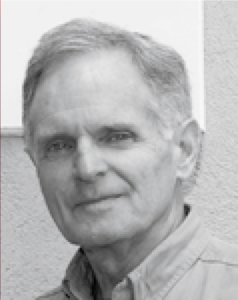Description
An Operating Deflection Shape (ODS) has become a popular means of displaying the vibration of rotating machinery. An interactive animated deflection of a machine model using ODS data provides useful insight into probable causes of resonance-assisted machine vibration. The paper goes beyond the use of animated videos to examine ways in which ODS magnitude & phase data can be used directly to detect and diagnose unbalance in rotating machinery. Several new algorithms are introduced for transforming operating data acquired with accelerometers into ODS data and using it to diagnose various unbalance conditions. Bar chart graphics is used to display and quantify an unbalance condition; hence expert knowledge is not required to diagnose a problem. These methods could be implemented in a route-based or in-situ monitoring program and used to diagnose unbalance as soon as new data is acquired. Several real-world examples are provided to validate this approach for diagnosing unbalance conditions.
Takeaways
1. The use of Operating Deflection Shape (ODS) as a means of displaying the vibration of rotating machinery.
2. Examine ways in which ODS magnitude & phase data can be used directly to detect and diagnose unbalance in rotating machinery.
3. New methods for route-based or in-situ monitoring program are used to diagnose unbalance.
Bio
 Dr. Richardson founded Vibrant Technology, Inc. in 199, and is currently its President and CEO. Vibrant is hedquartered in Centennial, Colorado.
Dr. Richardson founded Vibrant Technology, Inc. in 199, and is currently its President and CEO. Vibrant is hedquartered in Centennial, Colorado.
Vibrant is the developer of the ME’scopeVES Visual Engineering SeriesÔ software for noise & vibration analysis, the ME’scopeMSS Machine Surveillance SeriesÔ for on-line machine & structural health monitoring, the ME’scopeESS Environmental Surveillance SeriesÔ for environmental monitoring applications, and the ME’scopeQTS Qualification Testing SeriesÔ for production and maintenance qualification testing.
As product manager at the Hewlett Packard Co. during the 1970’s, Mark directed the development of the first commercially available FFT-based modal testing system. Following that, he directed the development of the first dedicated modal testing instrument, the HP 5423A Structural Dynamics Analyzer.
In 1979, Dr. Richardson co-founded Structural Measurement Systems, Inc (SMS) and was its President and CEO. SMS marketed the Star ModalÔ software for analyzing structural noise & vibration problems.
Mark has authored over 70 technical papers and magazine articles on structural testing, digital signal processing, modal analysis, and machine fault detection. He has traveled worldwide conducting tests, giving seminars, and teaching short courses.
